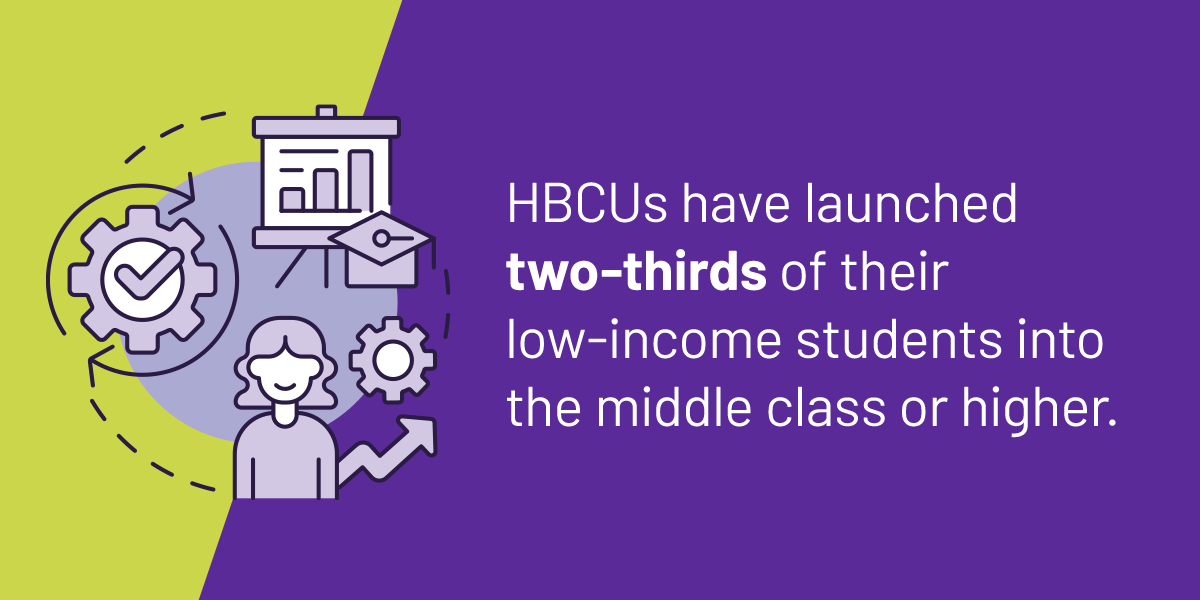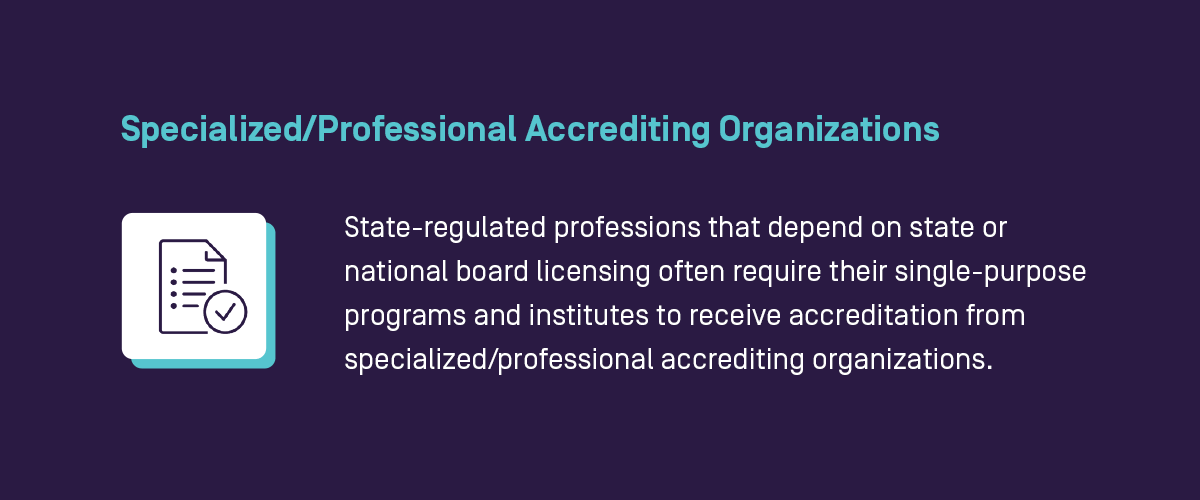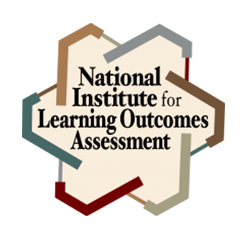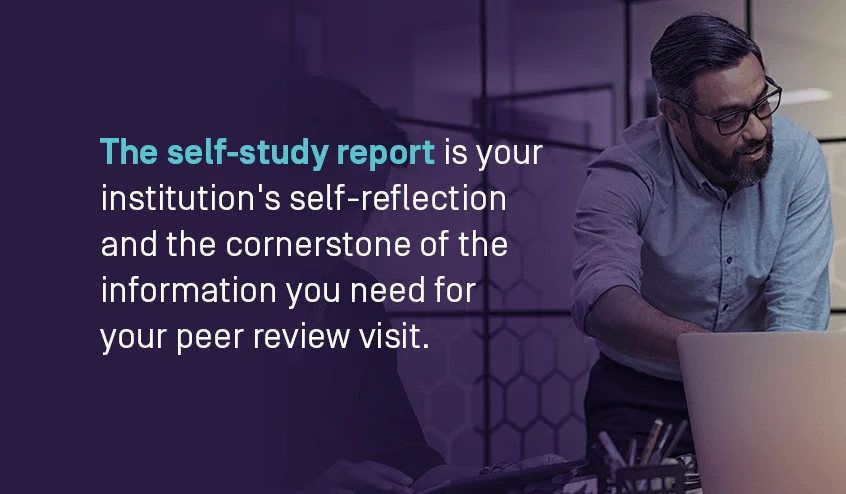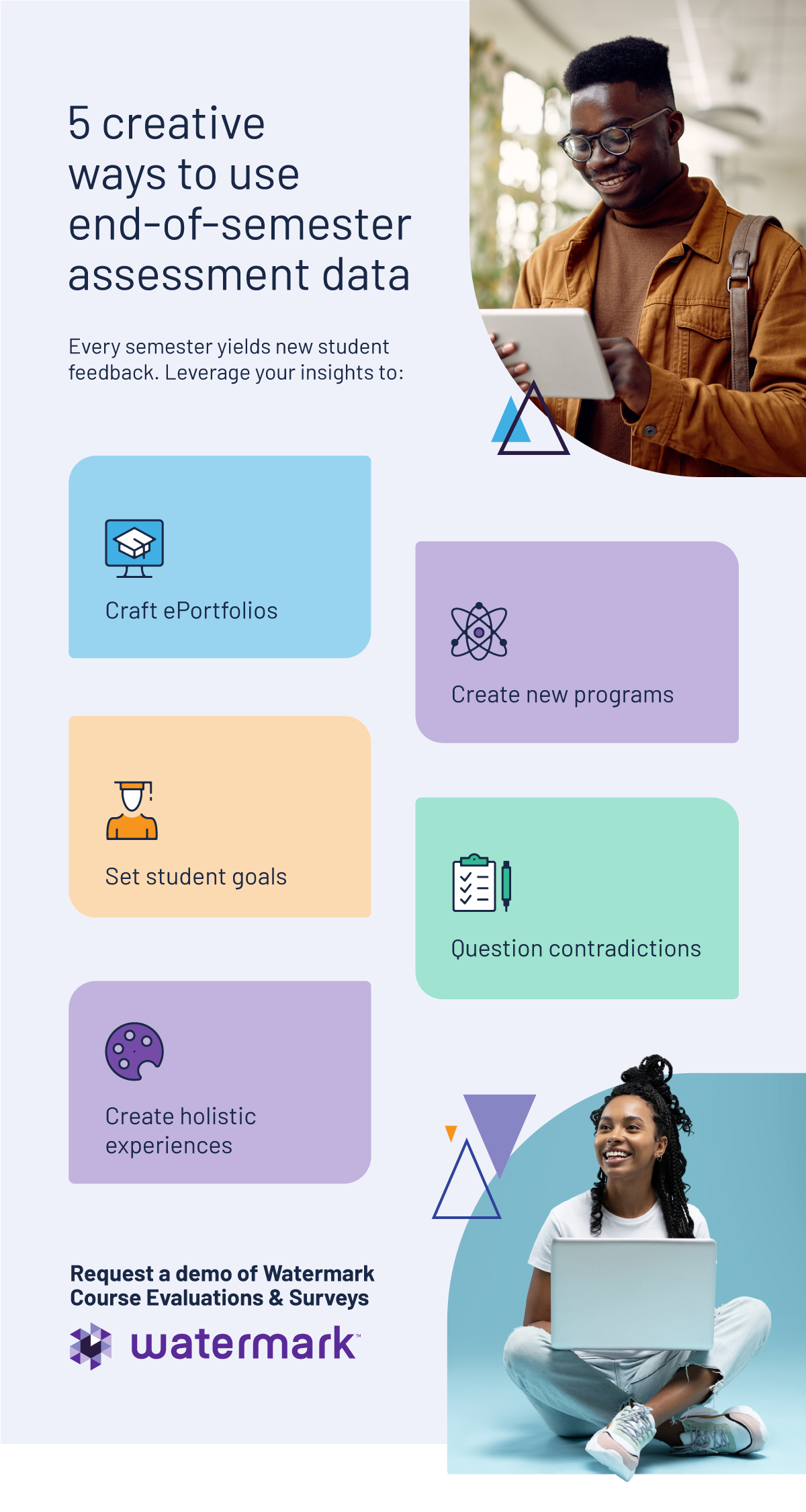
Today, many people work with artificial intelligence (AI), regardless of industry. The demand for courses in AI has skyrocketed. Community colleges have experienced a surge in the integration and expansion of their AI courses to meet this need. Recognizing the increasing relevance of AI skills in the workplace, many have been proactive in developing courses and curricula that cater to students from diverse backgrounds.
These programs equip students with foundational AI knowledge and emphasize practical application and hands-on experience. In short, adding courses on AI makes in-demand education more accessible. With the right approach, you can increase course demand across your institution by adding courses on AI. If you’re on this path, learning more about launching, promoting, and assessing these courses makes sense.
Unpacking the increasing demand for AI courses
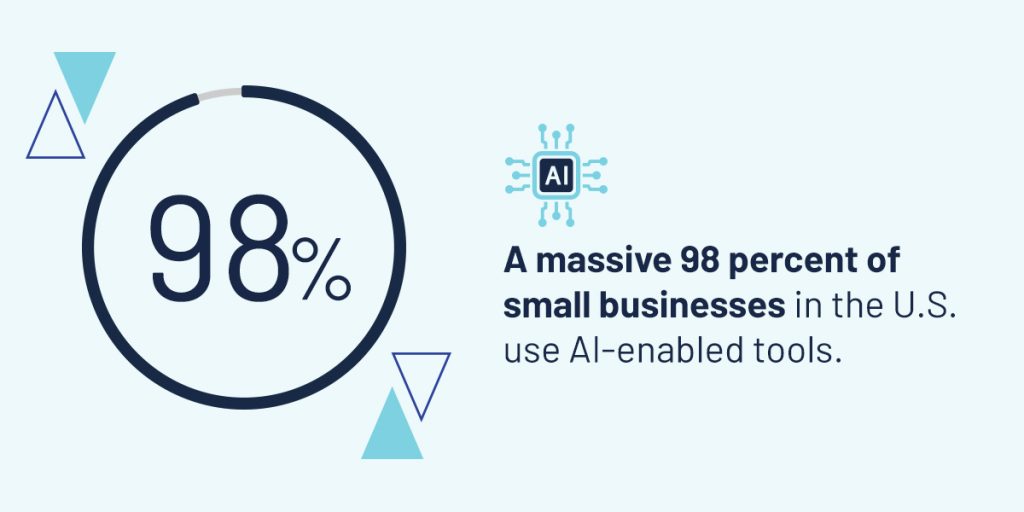
A massive 98 percent of small businesses in the U.S. use AI-enabled tools. Large companies, too, are rapidly adopting AI, which offers various challenges and opportunities for the workforce. The rapid adoption of this technology is increasing the demand for skilled professionals across diverse sectors, and these roles offer attractive earning potential.
AI certification shows employers that their candidates have the expertise to use the technology effectively and that they have hands-on experience. Students can get this experience through the AI courses offered at postsecondary institutions. Technology changes rapidly in today’s workplace, making continuous upskilling crucial for anyone in the workforce. The nation’s shortage of 700,000 cybersecurity professionals is an example of the technological skills gap, and creating courses on AI allows you to prepare students for relevant careers.
The AI field has exploded over the last decade, and people from all walks of life want formal training they can put on their resumes. Community colleges are affordable, flexible, and enroll diverse students, making them perfectly positioned to offer these courses and empower the workforce. As part of a widespread effort to provide students with AI skills, you can offer credit and non-credit options in AI to increase enrollment and take advantage of the need to upskill.
Designing AI courses for community colleges
Community college AI courses offer unique benefits, including allowing nontraditional and working students to add to their skill sets. Students and faculty must understand AI’s applications, limitations, and biases to integrate AI skills into their careers effectively. AI course design should prioritize practical experience. It should create a workforce better prepared to thrive in this rapidly evolving world. Some tips and tricks for creating an up-to-date AI curriculum include:
Create opportunities across multiple fields
In recent years, AI courses have been restricted to science, technology, engineering, and mathematics (STEM) fields such as data science, computer science, and engineering. While this field often requires advanced AI expertise, there’s an increasing need to provide broader AI education across your campus. You can create AI integration goals across all your courses and programs to ensure each student understands the fundamentals before entering or upskilling for the current job market.
Offer different levels of AI education
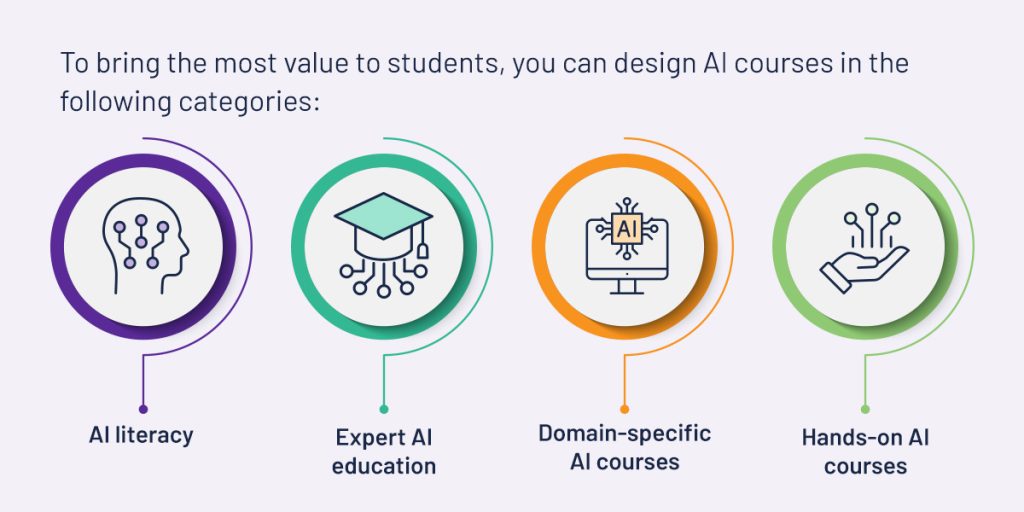
AI courses can inspire students, better understand their domains, and enhance their employability. However, it’s essential to recognize the different types of AI education. To bring the most value to students, you can design AI courses in the following categories:
- AI literacy: These courses cover the basics of AI, including its applications, weaknesses, and use ethics. They’re suitable for anyone, regardless of industry and career goals.
- Expert AI education: These courses can target students who need advanced AI skills in STEM fields.
- Domain-specific AI courses target the intersection between AI learning and a specific domain. For example, you could offer an AI for marketing course.
- Hands-on AI courses: Employers often prioritize candidates with practical AI experience. You can design courses that allow students to experiment with AI to meet these needs.
Expand access to AI resources
Consider establishing partnerships with local businesses and tech companies to ensure your courses stay relevant. Collaborating with industry leaders can also create internship opportunities and real-world projects that enhance the learning experience. Students benefit from hands-on experience while you bridge the gap between academic knowledge and practical application.
Connect AI course curricula to student outcomes
The primary reason to offer AI courses is to prepare students for an evolving workplace. Each AI course’s learning outcomes should align with its teaching, learning activities, and assessment methods. Consider which AI tools students will use in their careers and allow them to work with those tools during the course.
If you want to adapt your courses to the rapid advancement of AI tools, learning outcomes are the ideal place to start. Ensure these outcomes are relevant and that students who complete the course have the competencies they need to succeed in their careers. Curriculum mapping is a big part of this process, allowing you to develop an outline for teaching and assessing learning outcomes throughout each student’s journey with AI. Some steps to create a curriculum map include:
- Define the course purpose: Qualify the purpose of your AI course, what information students need, and what skills you should help them obtain.
- Evaluate student needs: Understand what students need from your course and design it around those needs. You can also conduct a curriculum gap analysis to identify missing pieces if you have existing AI courses.
- Create a timeline: Timelines are critical when providing flexible education to nontraditional students. Consider how often you will see these students and design your courses around that.
- Compile course materials and resources: Practical AI experience requires specific materials and resources. Ensure you have the materials and resources to deliver the course material effectively.
Use online learning platforms
If you’re developing AI courses in community college, it’s essential to make them accessible. Consider offering asynchronous classes or hybrid models to appeal to a larger audience, including working professionals looking to upskill. Flexible learning options help attract a diverse student body and make the learning experience more engaging.
Leveraging curriculum management for AI course development

AI course creation must be cohesive and flexible to meet changing student needs. Many higher education institutions have already harnessed the power of AI tools to improve teaching and student learning outcomes. When teaching students about AI effectively, you can use technology to manage your curricula. AI can help you tailor your educational content to each student, making courses more effective and outcomes more robust.
An AI curriculum is a melting pot of elements, including academic planning, assessment strategies, teaching methods, and learning objectives. You can use curriculum management software to simplify a complex and ongoing process. Curriculum management consists of the following steps:
- Course planning: In the planning phase, you’ll create a roadmap for what students will learn in the course. You’ll decide what topics to cover, how to teach them, and how to assess student learning.
- Curriculum review: This step allows you to ensure your course plan works. It involves assessing your courses and teaching to determine whether they meet student learning outcomes.
- Communication and collaboration: To develop a successful AI curriculum, everyone must be on the same page. A purpose-built curriculum management solution allows this collaboration, storing all communications and changes in one centralized hub.
In the context of AI, you’re designing a curriculum to meet future industry needs. To do this, you must identify relevant trends in AI, collaborate with industry leaders, and engage with stakeholders. You need to monitor emerging technologies and workplace trends so you can adjust the curricula to match changing student outcomes. In addition, you must review assessment methods to ensure they test the key concepts and competencies your students need to master for the workplace.
Promoting AI courses to increase community college enrollment
AI course creation is only valuable to your community college if students know about and attend your courses. Community colleges face more general challenges and must develop curricula and initiatives that benefit students from diverse backgrounds to stay relevant. In addition, they must promote these opportunities to students to combat the more than 60 percent of students who do not complete their programs or transfer.
Depending on your goals and course content, you can use the following steps to promote your courses:
- Simplify your online presence: Prospective students are exposed to masses of information online when searching for courses. Make your website and adverts stand out with a simple, clutter-free approach. Make it easy for them to navigate your site, and create distinct pathways for the audience. Use your site to highlight each AI course and make navigation seamless.
- Leverage reviews and testimonials: People remember stories more than statistics, meaning students are more likely to connect with personal narratives. Videos, student testimonials, and alumni success stories can add authoritativeness to your offerings.
- Highlight workforce readiness: Many community colleges excel in workforce readiness, and AI courses are at the forefront of this philosophy. Showcase your unique selling points, including specialized programs, flexible schedules, or short certifications in AI.
- Create a personalized experience: You can leverage AI to make each student feel a connection with your institution. Use chatbots or AI admissions advisors to showcase the quality of the student experience.
Integrating AI courses into existing programs
One of the best things about AI college courses is that you can integrate them into existing curricula. Your integration can take several forms, catering to the diverse needs of students. Some options for integrating AI courses into your existing programs include:
- Elective AI courses: Elective courses allow students to explore AI fundamentals on a flexible schedule, which is ideal for students with work or family commitments. These courses also allow students from various fields to apply what they have learned to their work responsibilities.
- Stand-alone AI courses: Stand-alone courses provide focused learning for students who cover a comprehensive list of AI topics. You can tailor these courses to meet industry needs, ensuring students leave with in-demand job market skills.
- Mandatory AI courses: To prepare students for the workforce, you can also make AI courses mandatory in specialized programs like business, data science, and computer science. These courses ensure that all program students have a baseline understanding of AI.
Evaluating the impact of AI courses on course demand
The most effective way to measure the impact of a community college AI course is with data. High retention and engagement rates in your courses demonstrate your ability to deliver high-quality student outcomes, which paves the way for the next generation of students. When you launch an AI course, you must be able to evaluate its performance. You can use AI to streamline the evaluation process and understand course impact.
Ask students for course evaluations after they have completed an AI course and gather feedback on course content, teaching effectiveness, and workforce preparedness. You can also survey students who drop out or change majors to identify improvement opportunities.
Gather data on enrollment before and after you launch your AI courses. It will help you identify any marked upticks in general enrollment and enrollment in AI-specific materials. You can also analyze data on the type of courses that perform successfully to better understand which option best meets student needs. Develop key performance indicators (KPIs) to analyze enrollment rates, completion rates, assessment scores, and successful job placements to understand the overall effectiveness of your course.
With the above data, you can continuously refine AI courses to meet changing student and workplace needs. You can also use predictive analytics to identify at-risk students and intervene, which enhances your retention efforts. Understanding the enrollment trends of other courses helps you determine whether spikes in AI enrollment correlate with broader trends or are unique to AI education.
Your course relevance and popularity are likely to change, which means adopting a posture of continuous improvement. Establish a routine for reviewing your data to refine AI courses based on student feedback and performance metrics. Data-driven approaches to continuous improvement contribute to higher retention rates, improved student satisfaction, and a strong reputation for your institution in the growing field of artificial intelligence.
Create course demand at your community college with Watermark
AI courses can enhance enrollment and retention at your institution, allowing you to meet student demands and contribute to the workforce. With the Watermark Educational Impact Suite (IES), you can map your curriculum and measure course success from one user-friendly interface.
Over the last twenty years, Watermark has crafted innovative solutions for higher education. We want to help your community college create and refine courses that inspire students from all backgrounds. Use Watermark Curriculum Strategy to streamline curriculum development and update your online catalog in real time. Reach out to us today to manage your next curriculum and receive insights that drive continuous success.

















































